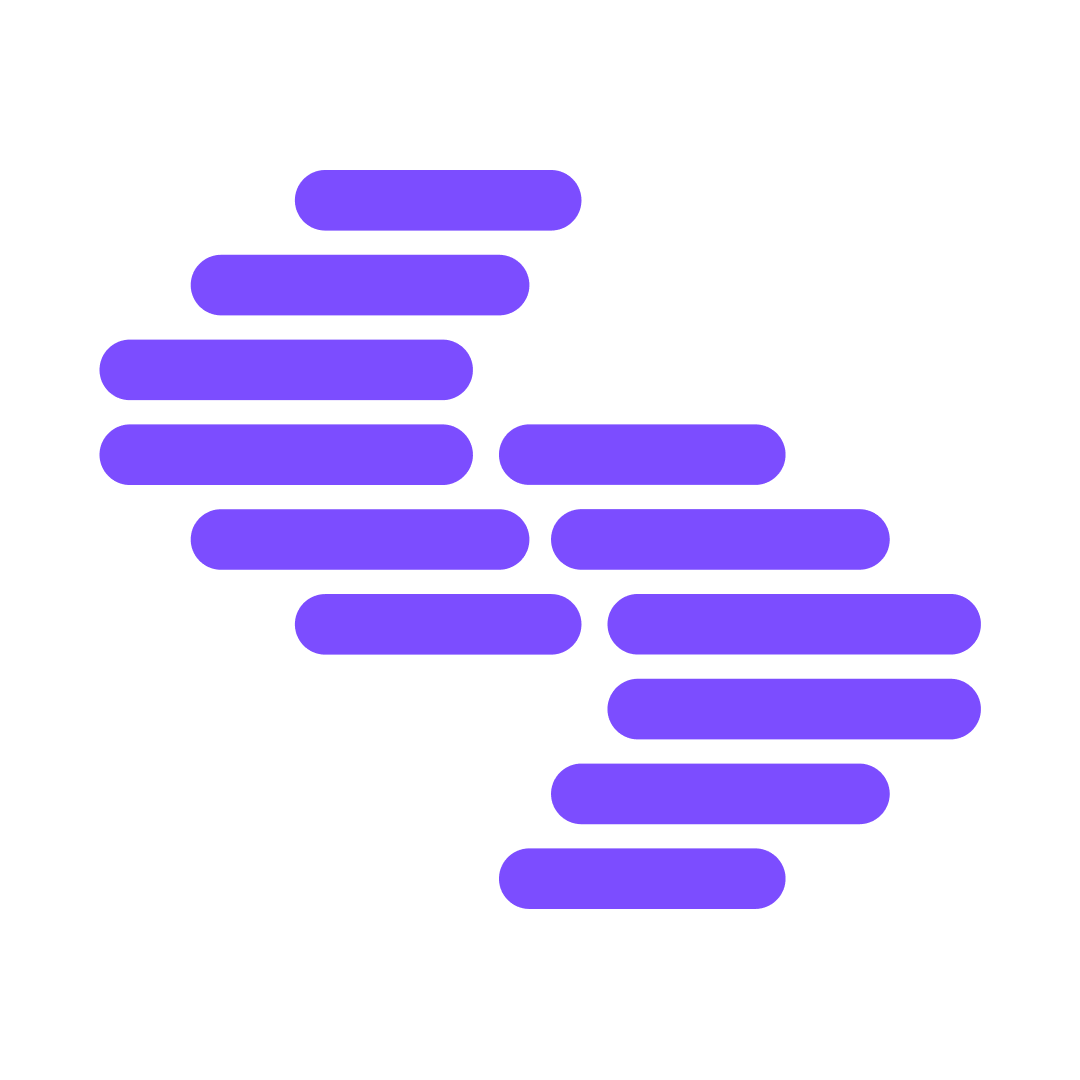Predictive analytics tools to drive smarter business strategies

Discover how predictive analytics tools predict trends, make data-driven decisions and meet customer needs. These tools reduce risks, improve marketing strategies and enhance efficiency. Start using predictive analytics tools to stay competitive and maximize your business potential.
Highlights
You’ll learn about why you need these tools:
- Forecast future trends: Predict customer behavior and outcomes using data-driven insights
- Prevent risks: Analyze patterns to avoid potential issues like fraud or stock shortages
- Improve decision-making: Base strategies on proven data, not guesses
- Enhance marketing results: Identify what works and optimize ROI
- Meet customer needs: Customize experiences with real-time data for higher satisfaction
What if you could spot your company’s next big breakthrough before it happened? What happens when you can anticipate customer needs before they change and create strategies that drive return on investment (ROI)? This could be the difference between success and failure. Most businesses know how and where to collect mountains of data but have no idea how to interpret it and make sense of the collected data. This is the reality for many companies today. Without the right tools, important patterns get overlooked, decisions are delayed and efficiency takes a hit. And let’s face it, relying only on past data in a fast-paced world can put you in the backseat.
That’s where predictive analytics tools come in. They turn raw data into actionable insights. It removes the guesswork from your decision-making process.
Let's explore what predictive analytics tools are and learn about some of the best tools, like Contentstack's Lytics.
What are predictive analytics tools?
Predictive analytics tools use data science, statistics, machine learning models and artificial intelligence to determine the probability of a future outcome. Using current data points, these tools forecast future trends, outcomes and customer behavior and give business leaders a blueprint to follow.
For instance,
- Retailers use analytics tools to discover which customers will potentially discontinue their purchases. These insights enable them to develop exclusive keep-the-customer retention plans to build customer loyalty and encourage them to return
- B2B companies use these platforms to score leads by how their potential customers interact and engage. This helps them focus on the most promising leads and improve their sales strategy.
Overcome traditional CMS issues with Contentstack: Are you tired of slow development times and rising costs due to legacy monolithic suites? Contentstack offers a modern, component-based solution designed for the needs of today's enterprises. Discover agility and improved ROI. Request a demo to learn more.
Benefits of predictive analytics tools
Detects frauds
Predictive analytics tools can spot and stop fraud. Using intelligent algorithms and machine learning models, the tool analyzes large amounts of transaction data in real time to catch anything that seems off. These systems flag suspicious activity before it becomes a bigger problem. You can prevent losses, keep customer information safe, stay compliant with regulations and maintain trust.
Reduces risk
Forecasting minimizes uncertainties and potential risks. Your company can maintain optimal inventory levels by using demand forecasting. This prevents both stock surplus and inventory depletion. Predictive analytics can flag unusual patterns that could signal a problem, protecting finances and data.
Ensures data-driven decisions
You base your decisions on proven data instead of your instincts or guesses. When you analyze various metrics and trends, you know which strategies are effective and which will produce results. This strategy minimizes potential risks and generates improved outcomes as you move forward toward achieving your goals.
Meets customer expectations
Predictive analytics tools extract data from multiple sources, including historical customer behavior, purchase records and social media activity. The data creates personalized recommendations that meet customer demands. As analytics prevent overstocking and stockout, you meet customer expectations for timely product availability and delivery.
Provides better sales and marketing efforts
The core purpose of predictive analytics is sifting through tons of data to predict what you can expect in the future. It can analyze customer data from a particular marketing campaign to tell you what’s working and what’s not. You even create a plan for upselling and cross-selling opportunities. These tools can also estimate the customer lifetime value (CLV) and prioritize those with a higher CLV.
Top predictive analytics tools for 2025
Lytics
Contentstack’s Lytics is a customer data platform (CDP) that combines data analytics with real-time content personalization to help marketers make better decisions. Using Lytic's advanced behavior scoring feature, you can make predictions about whether a customer will purchase, subscribe or lose interest. Lytics creates real-time audience segments by analyzing browsing history, purchase habits and engagement patterns. Marketers can send super-targeted messages that feel personal. Your customers get a more relevant experience, increasing engagement and conversion.
Another remarkable feature is that Lytics integrates into your existing marketing tools like CRM, ad tools, automation and email platforms to enhance its analytics capabilities. The platform reduces marketing campaign uncertainties because its predictive analysis system directs strategic decisions.
The data provides you with evidence-based insights that replace the need for intuitive decision-making in your marketing campaigns. With Lytics, you have everything you need to improve customer relationships, retain customers and deliver measurable outcomes.
Pros:
- Real-time prediction
- Integration friendly
- Advanced automation
- Customer-centric insights
Cons:
- Dependency on high-quality data
SAS Viya
SAS Viya converts large amounts of data into large-scale forecasts automatically using AI. Apart from helping you forecast and predict customer behavior, you can use the tool’s data visualization and text mining tools to make complete sense of your data. You can customize modeling techniques to individual data segments to remain scalable and flexible.
Unlike SAS Viya, Lytics empowers you to create personalized experiences based on real-time insights. While SAS Viya offers scalable modeling, Lytics focuses more on customer segmentation and behavior prediction, helping you to take immediate, actionable steps. With its easy-to-use platform and marketing-first approach, Lytics ensures better engagement and ROI than SAS Viya.
Pros:
- Powerful data visualization tools
- Automates large-scale forecasting with AI
Cons:
- Steeper learning curve
- Higher licensing cost
- Clunky functionality and appearance
- Limited customization options
Azure machine learning
Microsoft Azure Machine Learning brings predictive analytics into business operations through its automated machine learning (AutoML) feature. AutoML allows you to build models quickly, even without great programming skills, which opens the door for more professionals to get involved. Azure ML works well for various tasks like sales forecasting, understanding customer behavior and assessing risks.
Unlike Azure ML, which requires integration into the Azure ecosystem, Lytics is platform-agnostic and built to work with your existing tech stack. For businesses prioritizing agility, ease of use and immediate impact, Lytics outshines Azure ML by turning data into action faster and more effectively.
Pros:
- Scalable
- Integrates with other Microsoft tools
Cons:
- Costly
- Dependency on cloud
- Higher learning curve
Plat.ai
Plat.AI is a real-time decision-making engine that creates and controls AI models without coding. AI models developed through the Plat.AI system become operational within a month and deliver time-sensitive predictive analytics to improve your decision-making. The platform uses your existing data to provide accurate insights to better understand your customers, all while you monitor performance on easy-to-use dashboards.
But Lytics goes beyond what Plat.AI offers by providing a customer data platform that delivers real-time predictive analytics and also personalizes customer experiences at scale.
Pros:
- Provides real-time predictive analytics for smarter decision-making.
- Leverages existing data to generate accurate customer insights.
Cons:
- Limited focus on customer experience personalization
- Not the right choice for businesses requiring advanced customer data platform (CDP) features
- No additional tools for in-depth customer engagement and experience management
How Contentstack integrates with predictive analytic tools
Contentstack's headless CMS integrates with analytic tools like Lytics to provide strategic data insights. APIs and webhooks enable the headless CMS to connect with analytics platforms. You can work with historical and real-time data. This feature gives you a detailed assessment of customer interactions, content performance indicators and engagement. Managers can develop customized content strategies using this combination.
Contentstack uses its composable architecture to implement predictive analytics models while maintaining ongoing business workflows. The platform provides a flexible framework for analyzing and forecasting trends, helping you create personalized content.
By integrating Contentstack with predictive analytics tools, you can:
- Streamline content creation, personalized to audience preferences
- Provide personalized customer experiences based on real-time data
- Enhance decision-making
IDC MarketScape recognizes Contentstack's excellence, naming us a Leader in Headless CMS by IDC MarketScape, Contentstack demonstrates a future-proof CMS strategy, R&D pace in innovation, and exceptional customer delivery. Discover how we can elevate your digital experiences. Request a demo to learn more.
Integrating predictive analytics tools with a headless CMS
Personalized customer experiences
Integrating a headless CMS with predictive analytics delivers personalized customer experiences. The system uses real-time data from customer interactions (their buying and purchase behavior) to generate actionable results. As a result, you deliver personalized content suggestions to customers.
For instance, using predictive analytics, your e-commerce platform analyzes the workout gear purchases made by customers. Your website uses the data to suggest items like running shoes to complement the original purchase. Such personalized recommendations enhance customer satisfaction, promote repeat purchases and enhance user engagement.
Optimized content strategies
Analytics tools are necessary for your content strategies and marketing campaigns to deliver results. They show you what’s trending, what your audience loves and which posts garner engagement. For example, a clothing brand discovers through analytics that its customers love sustainable fashion tips. The team can create content on sustainable fashion. Such insights make your messaging more relevant, engage people more and you see a higher return on your efforts.
Streamlined operations
Pairing your headless content management system (CMS) with analytics tools can streamline your operations. They do this by automating tasks and using data to make important decisions. For example, data from an e-commerce company shows that winter jackets will have higher demand. This is based on past trends and the weather forecast. Using Contentstack's Automate feature, you can modify the homepage to show winter jackets. Content teams can create product descriptions efficiently, while a headless CMS removes the need for repetitive content updates.
FAQs
What is a predictive analytics tool?
A tool that analyzes historical data and predicts future trends. It uses AI, machine learning and statistical modeling.
Which is the best tool for predictive analysis?
Contentstack’s Lytics is a great tool for predictive analytics. It uses advanced AI to study customer behavior. This delivers personalized experiences and helps you make smart, data-driven decisions.
Which software is used for predictive analytics?
Some software used for predictive analytics are: Lytics, SAS Viya, Azure machine learning and Plat.ai.
Who uses predictive analytics?
Retail, finance, healthcare and manufacturing industries use predictive analytics for better decision-making and efficiency.
Learn more
Predictive analytics tools integrate intelligence with intuitive interfaces and elevated accessibility features. When you use these tools, you improve customer interactions, streamline operational tasks and predict market trends. Lytics provides targeted solutions to match your unique requirements. Combining predictive analytics technology with Contentstack's headless CMS platform allows businesses to meet the evolving market demands. To explore what else predictive analytics tools can achieve, talk to us.
About Contentstack
The Contentstack team comprises highly skilled professionals specializing in product marketing, customer acquisition and retention, and digital marketing strategy. With extensive experience holding senior positions at renowned technology companies across Fortune 500, mid-size, and start-up sectors, our team offers impactful solutions based on diverse backgrounds and extensive industry knowledge.
Contentstack is on a mission to deliver the world’s best digital experiences through a fusion of cutting-edge content management, customer data, personalization, and AI technology. Iconic brands, such as AirFrance KLM, ASICS, Burberry, Mattel, Mitsubishi, and Walmart, depend on the platform to rise above the noise in today's crowded digital markets and gain their competitive edge.
In January 2025, Contentstack proudly secured its first-ever position as a Visionary in the 2025 Gartner® Magic Quadrant™ for Digital Experience Platforms (DXP). Further solidifying its prominent standing, Contentstack was recognized as a Leader in the Forrester Research, Inc. March 2025 report, “The Forrester Wave™: Content Management Systems (CMS), Q1 2025.” Contentstack was the only pure headless provider named as a Leader in the report, which evaluated 13 top CMS providers on 19 criteria for current offering and strategy.
Follow Contentstack on LinkedIn.






.svg?format=pjpg&auto=webp)
.svg?format=pjpg&auto=webp)
.png?format=pjpg&auto=webp)






.png?format=pjpg&auto=webp)


